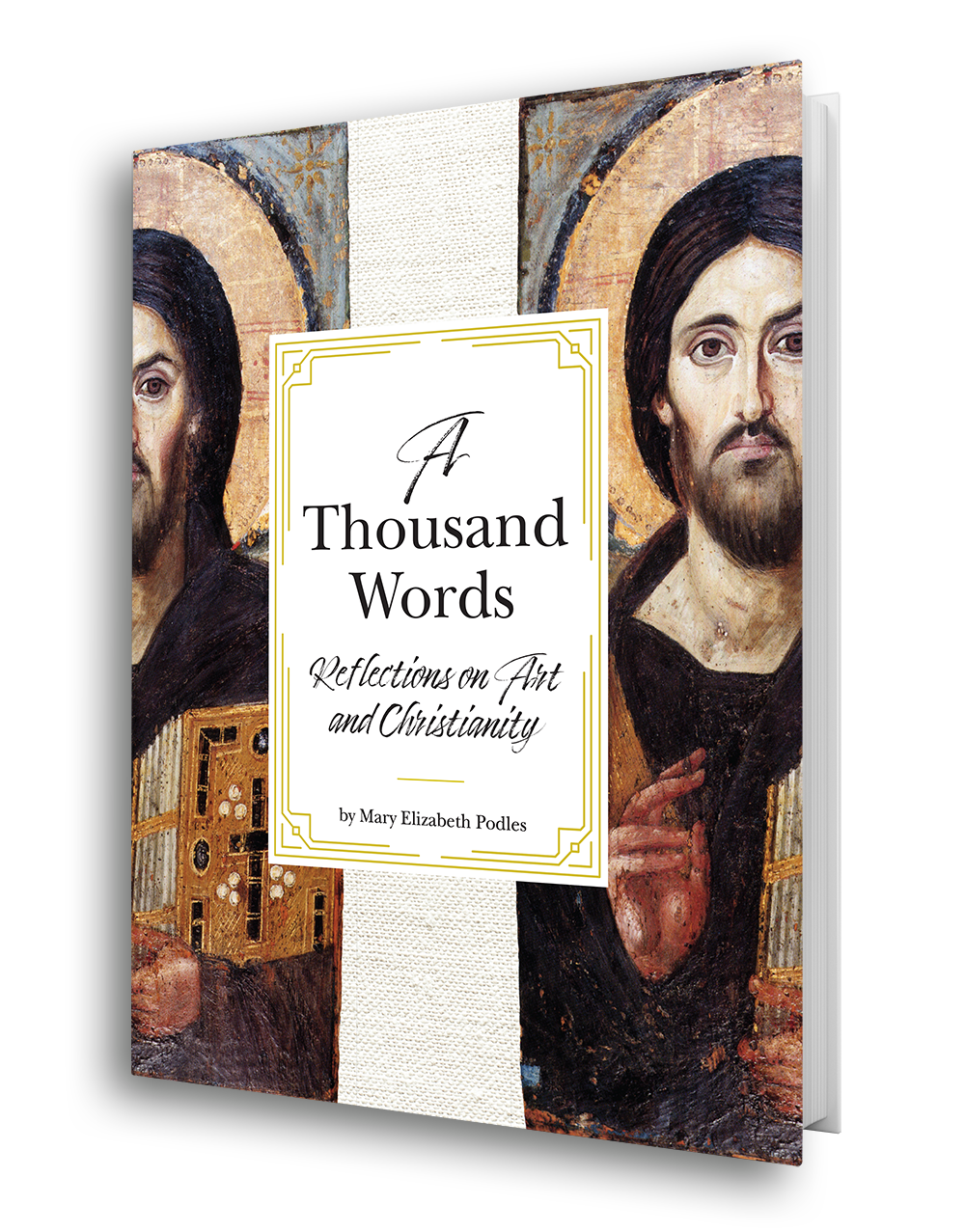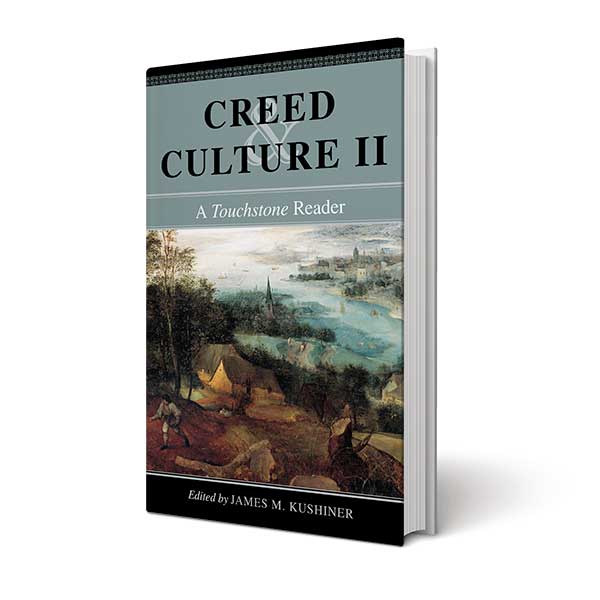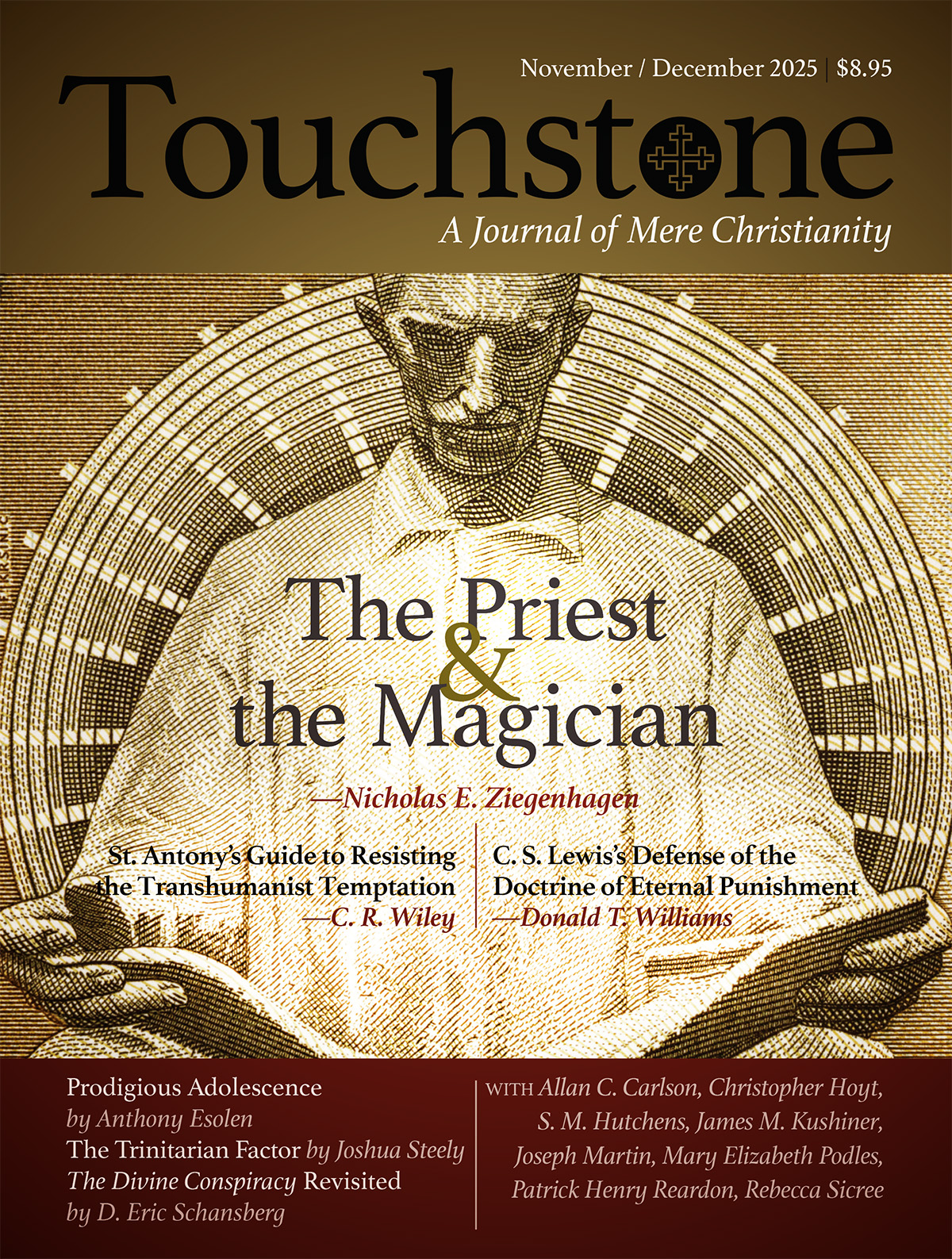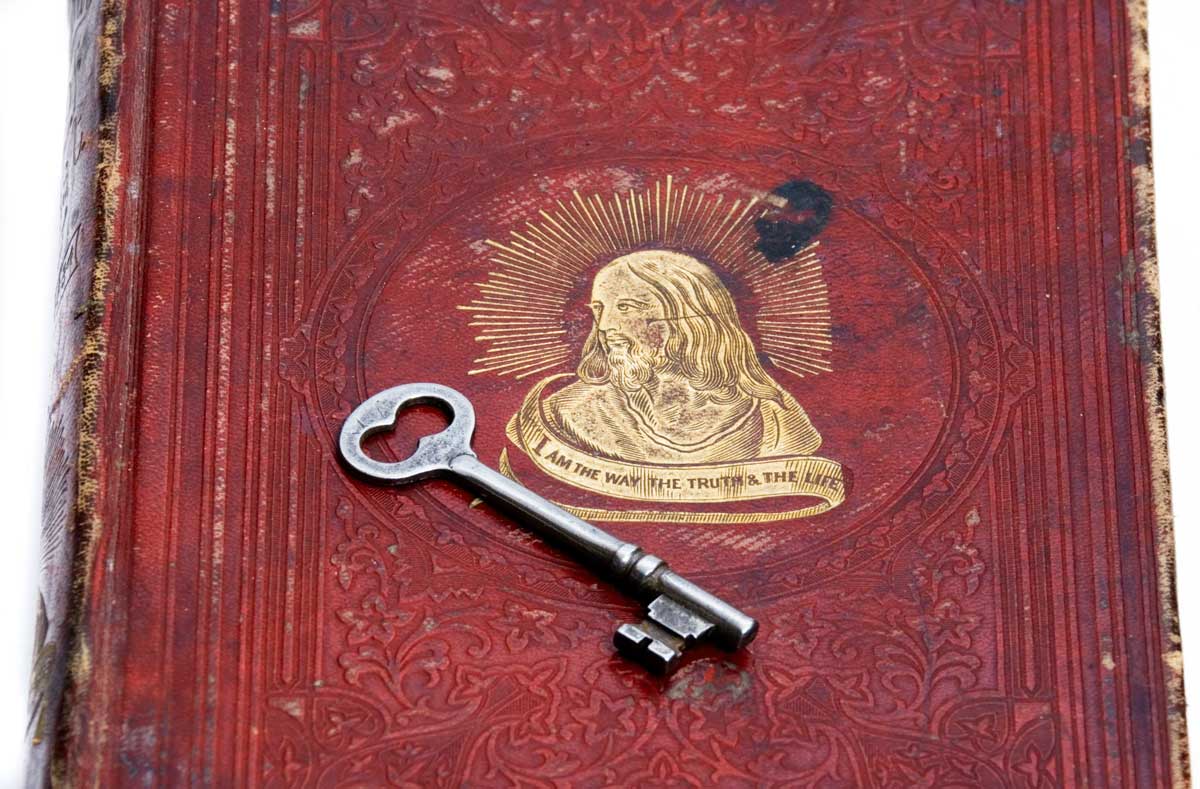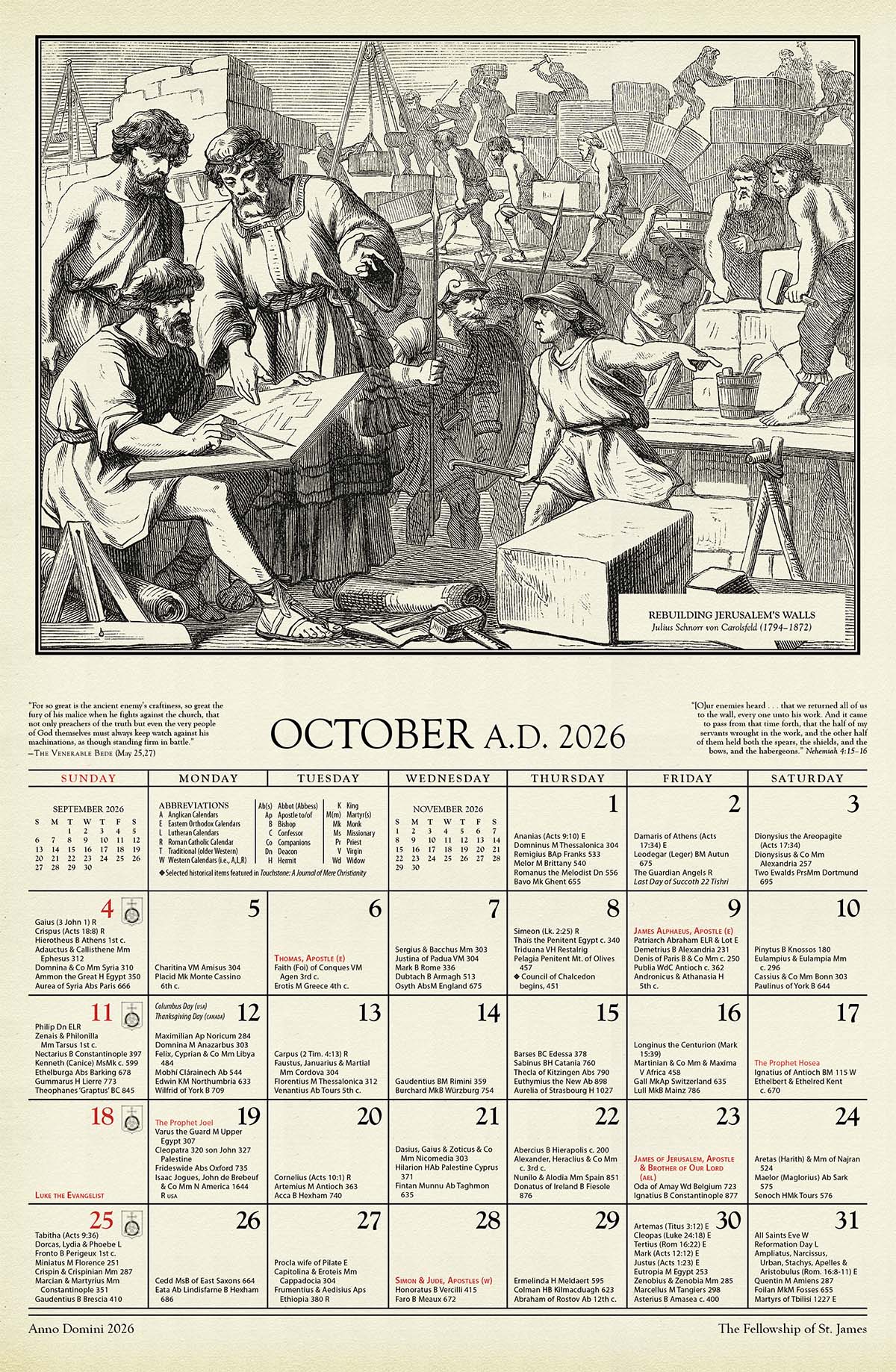The Riddles of God
There was graffiti on the bookmobile in our driveway. I was not bothered by the immobile bookmobile, which is basically a lawn ornament. (In rural Pennsylvania, this is not unusual). Nor was I bothered by the graffiti itself, which was just traced in the dust like the usual WASH ME. I was bothered because I couldn't read it.
This was because the graffiti was written in Norse runes—a dead giveaway that one of my own kids was the culprit. I knew it wasn’t Maria, because she would have used hieroglyphics, or Isabel, because she would have used the Zodiac code. So I tracked down Helena.
“It says, This way to the party,” she confessed, adding helpfully, “I wrote it in Dragonscript.”
I was not aware that dragons used Norse runes, nor that we had invited any to our family’s parties. But I had seen Norse runes around our house before. They usually appeared during parties and holidays, adorning birthday cakes or complicating directions for scavenger hunts. Some of my children obviously thought clues for scavenger hunts with rhymes and riddles in plain English were too boring and easy. They also thought gift exchanges among the twelve of us were too boring and easy if the gifts were stacked neatly in one room instead of, say, hidden all over our property.
So this is why our family ended up with scavenger hunts—runes, rhymes, riddles, and all—at Christmas. We did not, however, invent the custom.
While sermons and advice columns alike urge us to have simpler, less stressful holidays, there are whole countries that do just the opposite. They have far more elaborate Christmas rituals than Americans do. Scavenger hunts and nested gift boxes are only the beginning: they have convoluted practical jokes, customized gift packaging, riddles about gifts, sarcastic letters from Santa, and even odes to breakfast porridge.
Slime & Sarcastic Saints
I have to admire, for example, the effort the Dutch put into their gift exchanges on December 5, the eve of the feast of St. Nicholas, which they call pakjesavond, or “package night.” First, Sinterklaas himself, or his Moorish assistant, Zwarte Piet (“Black Pete”), delivers gifts to young children in person. That night there is a loud bang at the door, followed by a clatter as a hail of pepernoten cookies flies through the doorway, and a thump as a sack of gifts hits the floor. Before the children reach the door, the giver has vanished. So the children open their gifts, put out their shoes for a final treat from the saint, and go to bed.
This is when the fun starts for the rest of the household.
A month earlier, all the adults and older children had each drawn a name, the way Americans do for “Secret Santa” exchanges. They had each put together a carefully wrapped gift for this person, called a surprise (“sor-pree-sah” in Dutch), and composed a letter from St. Nicholas, called a Sinterklaasgedicht, or “St. Nicholas poem” to go with it. The letter has to rhyme. These letters are not like the ones American children receive from Santa. These are for adults. Sinterklaas does not tell you what gift he is giving you for being nice; he tells you how you’ve been naughty. Your letter can be anywhere from eight lines to several pages long, depending on how sad you have made poor Sint and how ambitious a poet you have ghost-writing for him.
And you have to read it out loud.
A Sinterklaasgedicht in English might read something like this:
Sint and Piet are feeling sad:
Mary, where are the fish you had?
We haven’t seen them in such a long time
Because your tank is all covered in slime.
No floating bodies, so they’re not yet dead
(Unless they ate each other instead),
So clean up your tank! Or your fish someday
May evolve legs and crawl away.
The surprise accompanying a poem like this might be a beautiful package decorated with fish and filled with . . . cleaning supplies. If you’re lucky, there may be a real gift in there, too. If you’re not, you might find your car keys frozen in a block of ice, which you have to melt in order to open your trunk, where you find the next clue in a scavenger hunt that finally leads you to your gift of . . . cleaning supplies. If you’re really unlucky and your “Secret Sint” is a teenage boy, all your clues will be hidden in bowls of slime. It’s like a cross between Christmas and April Fools’ Day, with a little of the roasting from the White House Correspondents’ Association Dinner thrown in.
Porridge, Yule Rhymes & Goats
The Swedes also have a tradition of amateur rhymes at Christmas time. Some families still have everyone compose a grötrim, or “porridge rhyme,” that they must recite before the first spoonful of Christmas breakfast. But the most common Christmas rhymes are the Julklappsrim, or “Christmas present rhymes.” A Christmas present in Sweden is called a Julklapp or “Yule knock,” because the gifts used to be delivered by someone who knocked on the door and, sometimes, ran away. (Just who was knocking on the door has changed over time. It used to be goats—well, men in goat suits anyway. Or teenage boys pulling pranks. Now the Jultomten, or “Yule farm elves,” who are better behaved, deliver gifts instead.)
The Julklappsrim are short, rhyming riddles attached to these gifts that must be solved before the gifts are opened. Today, the riddles are usually hints about what each gift is. If it is a clock, for example, an appropriate riddle in English might be:
It runs and runs yet stands in place
With its hands before its face.
Sometimes Julklappsrim are used in place of name tags, especially if the gifts are in nested boxes. This means you must solve the riddles in order to find out whose gift is whose.
Dueling Scavenger Hunts
Our own experience with Christmas scavenger hunts was brief but memorable. It began when Isabel came home for Christmas her freshman year and noticed Genny hiding slips of paper around the house. Now Isabel liked scavenger hunts so much that she used to make them for herself—she would hide numbered stars around the house, wait until she had forgotten where they were, then hunt for them. If she grew impatient waiting for her excellent memory to fade, she would have Genny find them. (Genny was a very sweet and biddable younger sister: Isabel, for example, had taught Genny her multiplication tables two years early simply so Genny could do her homework for her.) So Isabel quickly deduced that Genny was setting up a scavenger hunt for her and decided to surprise her with one of her own.
Come Christmas morning, we had dueling scavenger hunts. The one Genny designed had ten clues, while Isabel’s had only three, but while Genny used harder ciphers, Isabel used riddles as well. Both sisters were frustrated with each other. So next semester Isabel wrote part of her letters home to Genny in different ciphers. And Genny hid Isabel’s twentieth birthday present at the end of a scavenger hunt with twenty clues, each of which involved both riddles and ciphers, including things like Braille, Morse code, Rubik’s cubes, invisible ink, and, of course, Norse runes.
The next Christmas we asked Isabel to design a scavenger hunt for our gift for Genny, which was too large not only to wrap but even to fit in the house. Isabel had Genny search all over the yard until she found her dream gift, a canoe, which was hidden behind some bushes. Actually, Genny had walked right by it some days earlier, which caused Isabel no little anxiety, until she realized her sister was ignoring it. She had assumed it was one of her father’s lawn ornaments.
That, however, was our last Christmas hunt, and our girls returned to the duller but easier tradition of disguising gifts by wrapping them.
So why spend all that time and energy to get nothing more than a good laugh? Do customs like these have any lasting value? And do they have anything to do with the birth of the Christ Child? I mean, does God ever tell riddles? Or even like them?
The Great Game
Riddles and scavenger hunts are not common Christmas traditions today, but perhaps they should be. Games about signs and searches remind us that the Christmas story is itself an account of all the people who followed signs from God in their own searches for the Christ Child.
Picture, for a moment, the magi as a team competing in an international scavenger hunt. They correctly solve the first clue, the star, and head to the right country to find its newborn king. Unfortunately, they end up in the wrong city, the wrong house, and with the wrong king—a king who decides to join the hunt himself. The new contestant consults his scribes, who tell him the second clue, the prophecy revealing the correct city. Strangely, he shares this clue with the magi and allows them to go ahead, saying that he will follow later. As the magi approach the correct city, the third clue, the star again, appears and stops over the correct house. They find the Christ Child and rejoice. But then the Referee of the Hunt sends them an unexpected fourth message, the dream, telling them to flee because their fellow contestant is plotting murder. They escape home, and their fellow contestant murders innocent bystanders instead.
Looking at the Christmas story this way makes some things clearer. The first is that this game is played for mortal stakes. The second is that the Referee is clearly taking sides: he bombards one team with hints and prevents another from finding the Child at all. But the most interesting thing this analogy shows is that the magi have a much harder journey and more difficult clues to follow than anyone else seeking the Christ Child. The angel tells the shepherds outside Bethlehem, for example, not only exactly where the Christ Child is, but even what he is wearing. No stars, no prophecies, no opportunities for mistakes. So they find him the same night. Simeon and Anna have it even easier: they just wait in the temple, and the Christ Child comes to them.
Why do the magi have it so hard? The reason is that they have farther to travel, and not just physically. They are not Jews; unlike the shepherds and Simeon and Anna, they have not grown up hearing the prophecies about the Messiah. God has to speak to the magi through signs and symbols that they could understand, like the star. They have to get help from both Jews and non-Jews, including, ironically, King Herod. It is only after the magi find the Christ Child that God speaks to them clearly in a dream.
Mother of Riddles
We who have been born after the Incarnation can become so familiar with the Messianic prophecies that we forget that, to the Jews who first heard them, these prophecies were riddles. And some prophecies, like some riddles, have meanings that cannot be guessed in advance, but only understood afterwards. (Personally, I think Samson’s riddle about the beehive in the dead lion is one of these.) Had the magi ever heard Balaam’s prophecy about the star advancing from Jacob (Num. 24:17)—and realized that it might be a real star? When the shepherds saw the Christ Child in the stable, did they realize that the manger in Isaiah’s prophecy about the ox and ass (Is. 1:3) might be a real manger? When Simeon and Anna read Malachi’s prophecy that the Lord they sought would suddenly come to the Temple (Mal. 3:1), did they ever think they would hold him in their arms?
And did anyone, anywhere, ever dream that the impossibility in the mother of all riddles, in Isaiah 7:14, that “the virgin shall be with child, and bear a son, and shall name him Immanuel,” could literally come true?Rebecca Sicree writes from Boalsburg, Pennsylvania. She and her family attend Our Lady of Victory Catholic Church in nearby State College. She and her husband Andrew have ten children, six of whom are now adults.
subscription options
Order
Print/Online Subscription
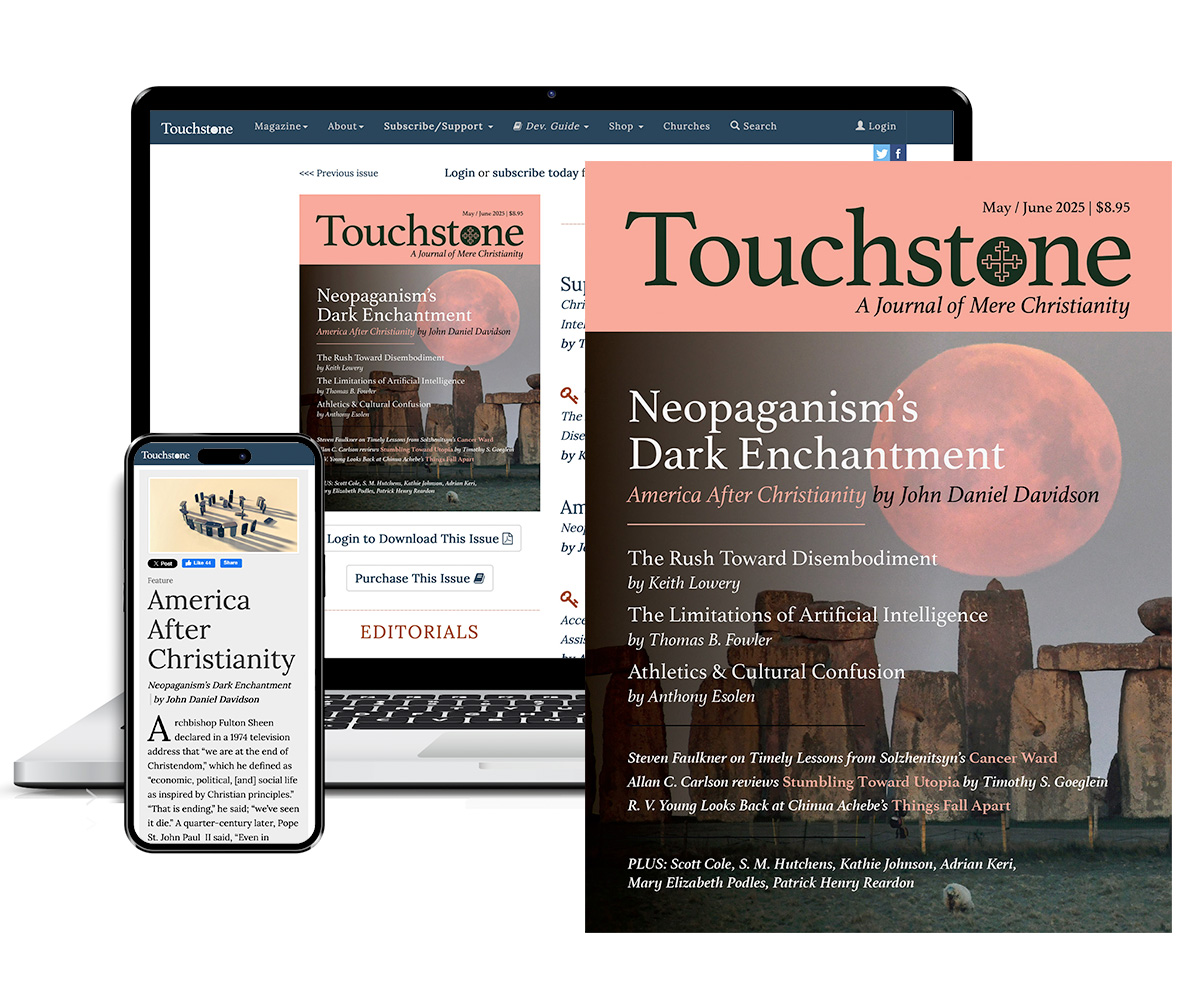
Get six issues (one year) of Touchstone PLUS full online access including pdf downloads for only $39.95. That's only $3.34 per month!
Order
Online Only
Subscription

Get a one-year full-access subscription to the Touchstone online archives for only $19.95. That's only $1.66 per month!
bulk subscriptions
Order Touchstone subscriptions in bulk and save $10 per sub! Each subscription includes 6 issues of Touchstone plus full online access to touchstonemag.com—including archives, videos, and pdf downloads of recent issues for only $29.95 each! Great for churches or study groups.
Transactions will be processed on a secure server.
more from the online archives

24.6—Nov/Dec 2011
Liberty, Conscience & Autonomy
How the Culture War of the Roaring Twenties Set the Stage for Today’s Catholic & Evangelical Alliance by Barry Hankins
calling all readers
Please Donate
"There are magazines worth reading but few worth saving . . . Touchstone is just such a magazine."
—Alice von Hildebrand
"Here we do not concede one square millimeter of territory to falsehood, folly, contemporary sentimentality, or fashion. We speak the truth, and let God be our judge. . . . Touchstone is the one committedly Christian conservative journal."
—Anthony Esolen, Touchstone senior editor



